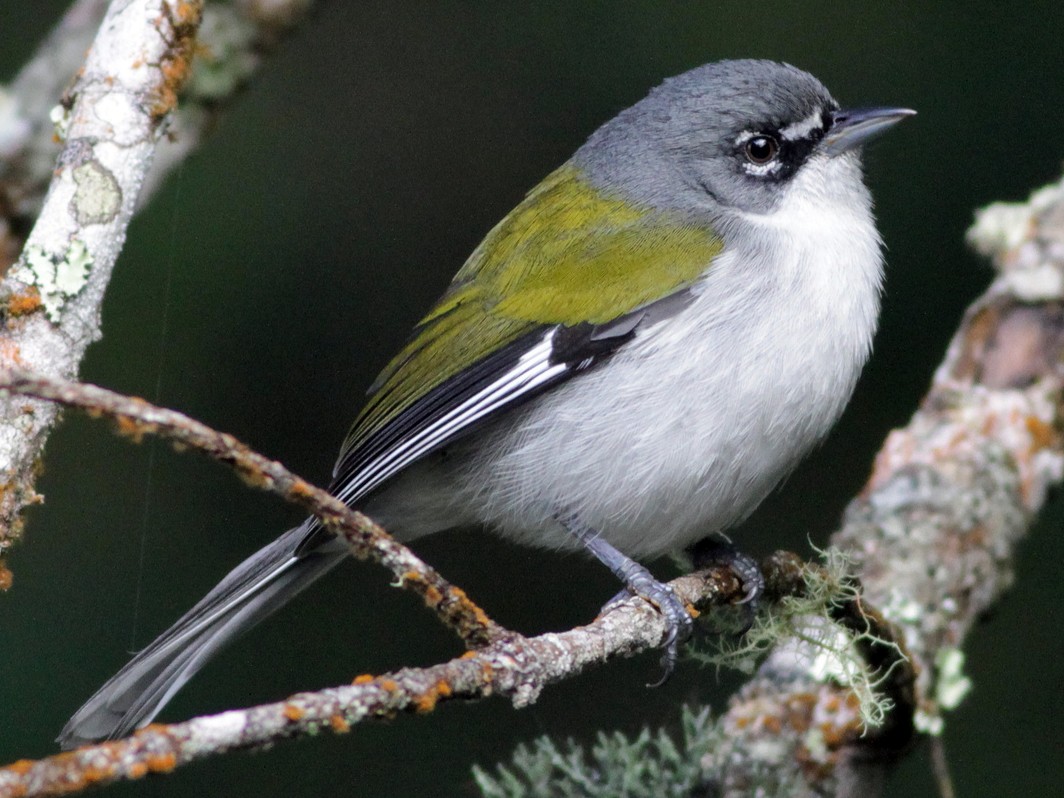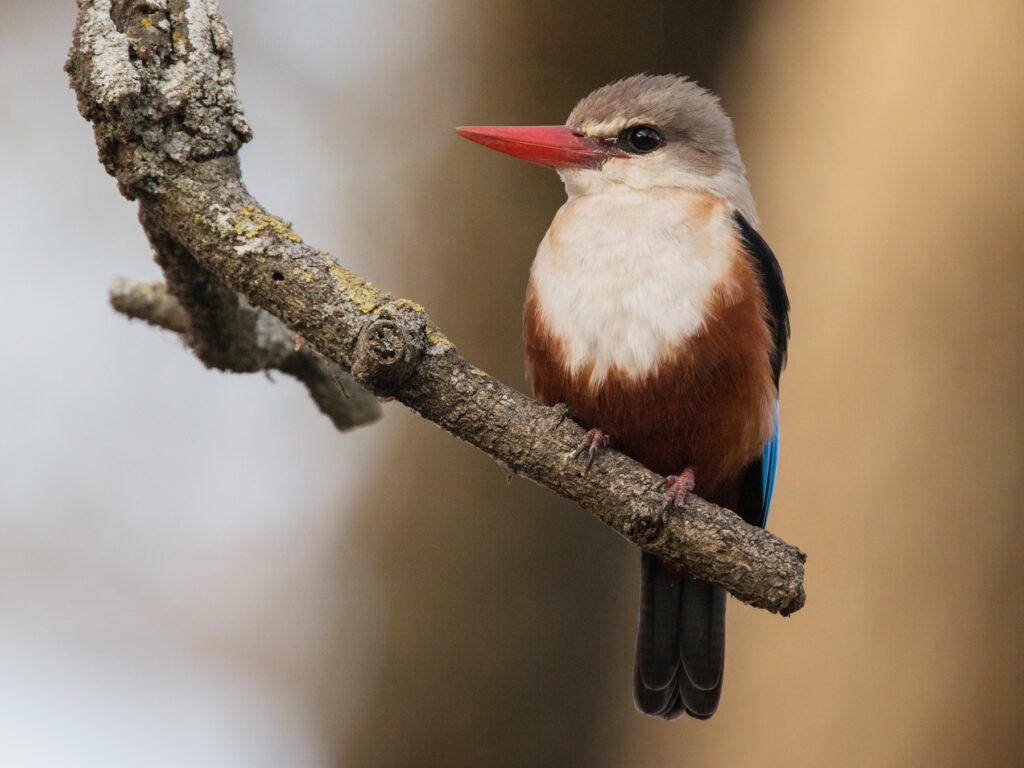FAQs About Gorilla Trekking in Rwanda and Uganda Frequently Asked Questions (FAQs) about gorilla trekking…

Bird watching in Queen Elizabeth National Park
Bird watching in Queen Elizabeth National Park
Bird watching in Queen Elizabeth National Park: Is Queen Elizabeth N/Park the best place to visit for birding safaris? Located in Western Uganda, Queen Elizabeth National Park offers more than remarkable big game encounters. The 1978 sq. km savanna park is home to over 620 bird species making it a special birding tour destination in Uganda and East Africa.
At Queen Elizabeth National Park, birds to identify include woodland and aquatic species. These reside in wetlands, rainforests, lakes, and other habitats. The birds to watch on birding safaris in Queen Elizabeth National Park include African fish eagles, black-ramped buttonquail, papyrus canary, Verreaux’s eagle, shoebill storks, African skimmers, flamingos, grey-headed kingfishers, swamp flycatchers, white-winged warblers, black bee-eaters, squacco herons, papyrus gonoleks, grey-headed kingfishers, and collared practices.
Birding areas in Queen Elizabeth National Park
- Kazinga Channel
- Kyambura Gorge
- Maramagambo Forest
- Kasenyi Plains/Sector
- Lake George Ramsar site
- Katunguru Bridge Area
- Mweya Peninsula
- Ishasha sector
- Kikorongo
Mweya Peninsula
Lying on the Northern bank of the Kazinga Channel, the Mweya Peninsula is home to diverse birds. This 10 sq. km area features incredible birds including the red-chested sunbird, weaver birds, martins, African mourning doves, swifts, swallows, Nubian woodpeckers, swamp nightjars, little bee-eaters, and more.
Maramagambo Forest
This charming tropical forest lies on the Southwestern side of the park and it is a favorite birding spot, especially if you are interested in forest birds. The birds to identify on bird watching tour in Maramagambo Forest include the white-napped pigeon, Rwenzori turacos, African fin-foot, brown illadopsis, chestnut wattle-eye, African mustached warblers, forest greenbul, African emerald cuckoos, red-throated wryneck, scaly-breasted illadopsis, and more.

Kazinga channel
The Kazinga channel is a long stretch of about 32 km of natural channel linking Lake Edward and George. Birding expeditions on this channel are enjoyable on boat/launch cruise- morning or in the afternoon. The possible bird sightings on the Kazinga channel launch cruise include white-billed stork, water thick-knee, pelicans, black-headed gonoleks, white-faced whistling ducks, saddle-bellied storks, African spoonbill, African jacanas, Knob-billed ducks, African fish eagles, marabou storks, and more, ‘
Kyambura Gorge
Kyambura Gorge (Valley of Apes) lies along the Eastern side of the park. It is one bio-diverse area of Queen Elizabeth National Park. Other than primates, this gorge shelters birds such as martial eagle, black-rumped buttonquail, blue-headed bee-eaters, African fin-foot, white-tailed lark, Chapin’s flycatchers, African skimmers, bar-tailed godwit, white-winged warblers, papyrus gonoleks, black bee-eaters, Verreaux’s eagle owl, and others.
Katunguru Bridge Area
Katuguru offers excellent birding experiences when it comes to bird-watching tours in Queen Elizabeth National Park. This area offers bird sights, especially the white-winged warblers, white-winged tern, papyrus gonoleks, pied kingfishers, greater swamp warblers, and more.
Kasenyi Plains
Located on the Northern side of the park, Kasenyi offers excellent game drives and birding tours. The savanna-dominated area is ideal for spotting birds such as grey crown cranes, yellow-throated long crows, red-throat spur fowls, and others.
Ishasha sector
Most popular for not only tree-climbing and lion-watching, but the Ishasha sector also offers incredible birding experiences. This sector is ideal for spotting shoebills, African crowned eagles, African wattled plovers, palm nut vultures, grey kestrels, African green pigeons, martial eagles, and many others.
Best time to go birding in Queen Elizabeth National Park
Queen Elizabeth National Park is open for birding all year round. However, the most preferred time is around June or July and if you are interested in viewing migratory birds, consider traveling from November to April.
Accommodation facilities
Accommodation facilities to book for a night stay in Queen Elizabeth NP before or after the birding tour include budget, midrange, and luxury. They include Katara Lodge, Kyambura Lodge, Ishasha Wilderness Camp, Mweya Hostels, Mweya Safari Lodge, Elephant Plains Lodge, and others.
